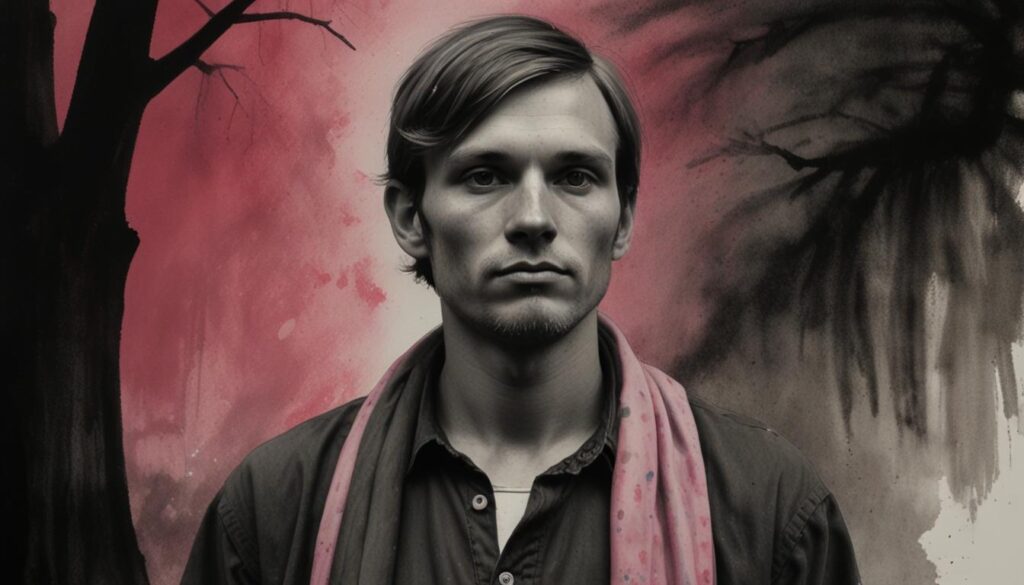A recent article by author Jacqueline Murray defends a transgender man living as a hermit in Kentucky, drawing parallels to over twenty early Christian saints who cross-dressed. The debate questions traditional Catholic teachings amidst contemporary understandings of gender and sexuality.
The debate over the acceptance of transgender individuals within the Catholic Church has resurfaced, sparked by author Jacqueline Murray’s recent article in Religion News Service on June 13, 2024. Murray defends Christian Matson, a transgender man living as a hermit in Kentucky under the approval of Bishop John Stowe of the Lexington Diocese. Her article argues that the historical Catholic Church had instances of individuals living as the opposite sex and honored them for their holiness.
Murray highlights over twenty early Christian saints who cross-dressed to join monasteries or live as hermits, often discovered as biologically female only after their deaths. She contends that historical views on gender, influenced by thinkers like Aristotle and Galen, saw sex differences as fluid. Examples cited include the bearded Wilgefortis, St. Catherine of Siena, St. Anastasia of Alexandria, and Perpetua.
The Vatican’s recent condemnation of transgenderism in “Dignitas Infinita” has sparked this defense, with Murray critiquing the Church’s adherence to “binary” sex differences. She attributes these teachings to Aristotle and St. Thomas Aquinas, but also acknowledges the Church’s longstanding doctrinal views based on divine revelation and natural law.
The article asserts that Catholic doctrine never explicitly approved of gender fluidity as understood in contemporary terms, with saints’ gender expressions historically tied to vows of chastity or particular circumstances rather than modern gender identity concepts.
This ongoing discussion emphasizes the tension between traditional Catholic teachings and contemporary understandings of gender and sexuality.




















